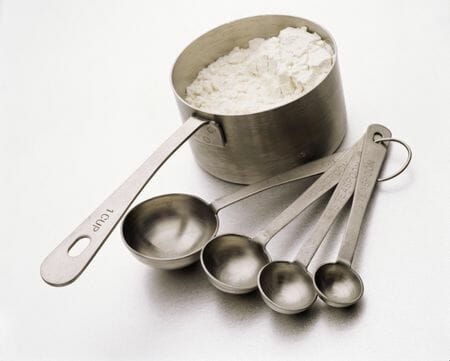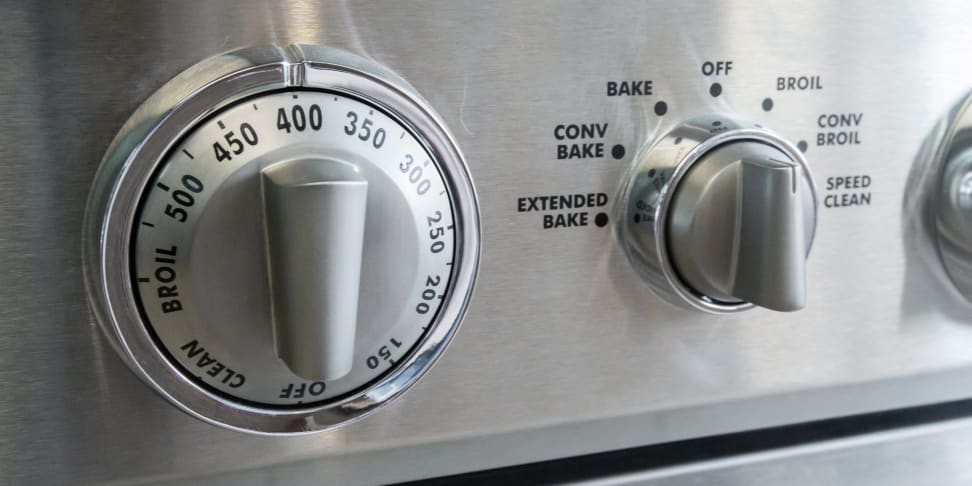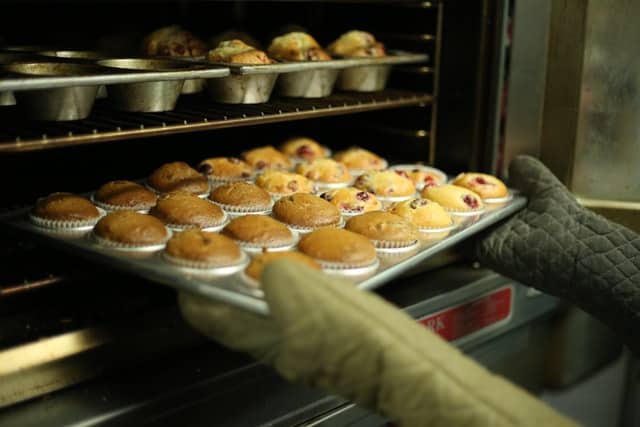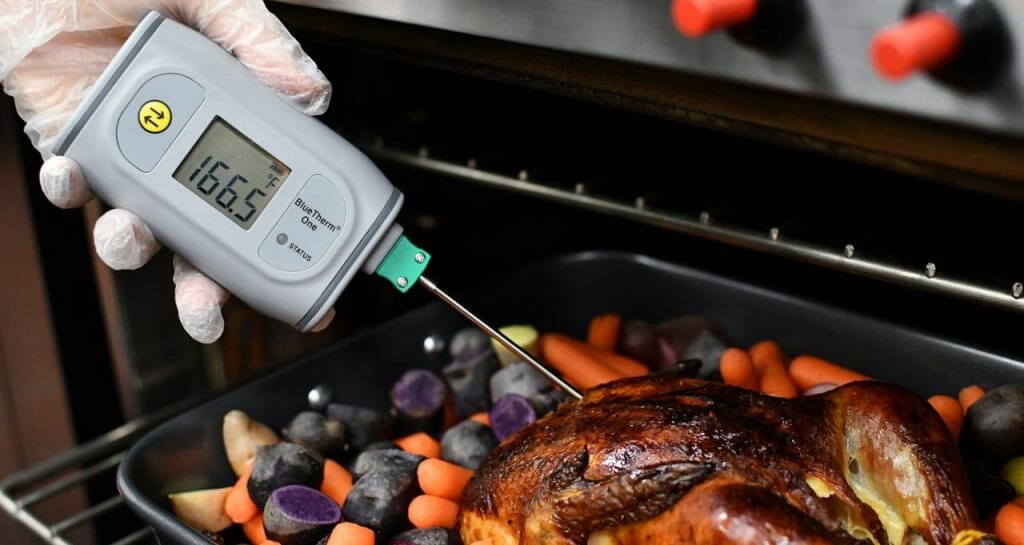A cup is a cup, right?

When I started seriously baking and cooking a few years back, I had no concept of proper ingredients measuring. For me, a coffee cup was enough to measure out a cup of flour and I thought I could eyeball half a cup of water quite well. It was no surprise then that my earliest attempts at baking fell flat. In the case of my first ever cream puffs, literally flat.
While cooking may be more forgiving of a few miscalculated ingredients, baking is not so merciful. One thing that struck me while I was desperately googling for tips to fix the cream puffs was this: Baking is a science. And, like any science, proper measuring is important.
At first I bought the traditional measuring cups and spoons, but the results I was getting were varied. In my utter frustration, I caved in, bought a simple weighing scale, and weighed my ingredients. I know most of us dislike math, but there’s no getting away from it if you want consistent results in baking and cooking.
The recipes that I have in this blog use a mixture of volume and weight measurements. Although I try to stick to metric weight measurements for dry ingredients (especially if the recipe calls for anything greater than two tablespoons), I don’t sweat it for teaspoons and I still use my trusty Pyrex measuring cup for liquid ingredients.
Here are some of the ingredients that are used in this blog with their corresponding metric and volume measurements.
Common Baking Measurements

| Ingredient | Volume | Grams |
|---|---|---|
| All Purpose Flour | 1 cup | 120 |
| Bread Flour | 1 cup | 120 |
| Cake Flour | 1 cup | 120 |
| Granulated Sugar | 1 cup | 220 |
| Brown Sugar, packed | 1 cup | 200 |
| Baking Powder | 1 teaspoon | 4 |
| Baking Soda | 1/2 teaspoon | 3 |
| Icing/Powdered Sugar | 1 cup | 100 |
| Coconut, sweetened flakes | 1 cup | 85 |
| Coconut, desiccated | 1 cup | 100 |
| Cornmeal | 1 cup | 138 |
| Almond Flour | 1 cup | 96 |
| Almond, sliced | 1/2 cup | 43 |
| Cocoa, unsweetened | 1 cup | 85 |
| Cheese, grated (cheddar, jack, mozzarella, Swiss) | 1 cup | 113 |
| Cheese, grated (Parmesan) | 1 cup | 50 |
| Cream Cheese | 1 cup | 227 |
| Chocolate Chips | 1 cup | 170 |
| Chocolate, chopped | 1 cup | 170 |
| Peanut Butter | 1/2 cup | 135 |
| Polenta | 1 cup | 163 |
| Yeast, instant | 2 1/4 teaspoons | 7 |
A thing about Oven Temps
Another important aspect in baking is the preheating of the oven. When preheating your oven, it helps to use a thermometer since a lot of our ovens are not calibrated correctly. While your oven may indicate that it has reached the desired temperature, I’ve found that it is usually off by 10 degrees or more.
In addition, most, if not all, American recipes use Fahrenheit oven temperatures. While this is no problem for ovens with Fahrenheit/Celcius displays, it does get a bit tricky for the rest of us laboring with Celcius displays. Here’s the oven temperature conversion that I use.
Oven Temperatures

| Fahrenheit | Celsius | Gas Mark |
|---|---|---|
| 275 | 140 | 1 |
| 300 | 150 | 2 |
| 325 | 170 | 3 |
| 350 | 180 | 4 |
| 375 | 190 | 5 |
| 400 | 200 | 6 |
| 425 | 220 | 7 |
| 450 | 230 | 8 |
| 475 | 250 | 9 |
The Differences Between Cooking and Baking

While cooking is an art, baking is a science. The processes involved in baking use dry heat and chemistry to produce a finished baked good. It is also a faster process than cooking. Here are some key differences between cooking and baking. Read on to learn more. To understand baking, you must first understand the process. In baking, the ingredients used are often fewer and the process is exact. It also uses less water. But the key difference between cooking and baking is the process of preparing a baked good.
Baking is a science
Although many people don’t realize it, baking and cooking is a science. It is a distinct branch of culinary science that focuses on the properties of common baking ingredients. Flour, for example, produces gluten when mixed with water in the proper ratio. Gluten forms strong, elastic bonds in baked goods. By studying baking science, you can create amazing and delicious baked goods every time. Read on for more information about this fascinating subject.
While the difference between baking and cooking may seem slight, knowing the basic principles of baking and cooking can help you fix things and treat produce better. All good bakers understand that cooking and baking involve chemical reactions. A cake that is baked requires a chemical reaction that changes the batter from a dense, crumbly mixture to a light, fluffy treat. Baking ingredients can also be classified into tougheners, tenderizers, and weakeners.
Baking uses dry heat
Baking is a common method for cooking foods in an oven. It works well for bread, cakes, cookies, and meat or fish dishes. Using dry heat evenly distributes heat in the food, making it easier to prepare foods thoroughly. However, this method requires a closed oven and fuel, such as wood or coal. Using gas or electricity will also work. It should be noted that the time will depend on the food being baked.
Cooking methods using dry heat are roasting, broiling, and baking. These methods require no liquid and are best used for food that is more pliable and prone to breakage. This cooking method can be a healthier choice than frying because it helps preserve nutrients, minerals, and fats. You can even bake vegetables with their skins on. To maximize the health benefits of baking, you should avoid cooking foods in oil or preparing baked goods for a crowd.
Baking uses chemistry

If you’re looking for a fun way to learn about chemistry, consider baking and cooking. Using basic ingredients, cooking and baking are all about chemical reactions that tie diverse ingredients together. From baking a cake to frying an egg, each step of the process involves chemical changes. It may seem overwhelming at first, but it’s actually not that difficult once you get the hang of it. Learn more about baking and cooking by reading more about these topics on a blog.
The perfect blend of biology and chemistry is baking. In baking, edible chemicals are mixed together to form a batter or dough. The combination of the two creates tiny air bubbles and helps baked goods rise. The culture of yeast provides carbon dioxide, which makes bread rise. Once trapped in the dough, these gases expand and create the delicious, fragrant baked goods we love. This is how baking and cooking use chemistry to make your meals taste better.
Baking is a faster method of cooking
Compared to frying, baking is more energy-efficient and healthier. You don’t have to use as much oil, and your baked foods are delicious and tender. Also, they don’t require as much time as frying. In addition, you can use baking to prepare many different foods, from breakfast meals to snacks. What’s more, you can freeze baked foods for several days. So, when you’re looking for a faster method of cooking, baking should be your choice.
The first step in baking is to prepare the food. The food must be moist before baking, and this is done by heating the air inside the oven cavity. This heat then transfers from the surface to the center, giving the baked food a solid structure. This method is great for meat and fish dishes. In addition, it can also be used to cook vegetables, such as potatoes and zucchini. However, it is not the fastest method of cooking.
Baking requires extreme precision

The art and science of baking and cooking demand precision in every step. Even the slightest variations in ingredients, temperature, or humidity can result in significantly different results. The unexpected results are usually not desirable. Techniques for baking and cooking are diverse and may include grilling, roasting, braising, and boiling. Baking and cooking have roots as far back as 2600 BC with the Egyptians. Both have used yeast in bread, but cooking as we know it today relies on precision and technical expertise to produce the perfect end product.
In addition to the ingredients, baking and cooking require extreme precision when it comes to measurements. This is because baking and cooking involve chemical reactions. Once you have a recipe and start baking, even the smallest changes can have a drastic effect on the final product. Because the chemical reactions involved in baking and cooking are extremely precise, even the smallest changes can change the final result. If you do make an error, you may not be able to correct it before it’s too late.
Enjoy baking and cooking!

